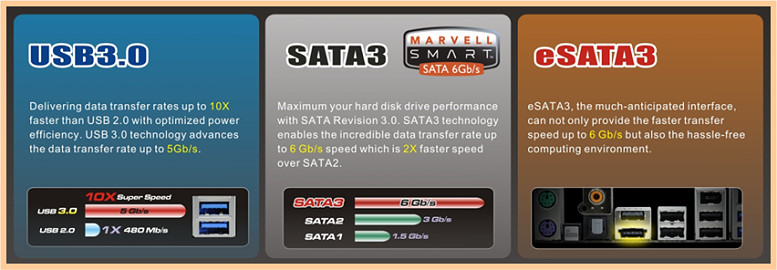

IOW, even though they have bridge chipsets that support SATA III (like the ASM1051E), it's tough to find an enclosure that uses one of those SATA III capable USB 3.0 to SATA III bridge chipsets. Of course, that's still a dramatic improvement over USB 2.0 enclosures (as you'll probably see speeds close to 10 times as fast with the one you bought via USB 3.0).īut, very few enclosures are using a bridge chipset capable of faster SATA III bus speeds yet (for example, the ASM1051E or one of their other newer bridge chipsets that support SATA III). That's a common issue with most of the USB 3.0 enclosures and bays now. IOW, even if using an SSD capable of faster speeds in it, you're probably going to max out at just under 300MB/Second with an enclosure using the ASM1051.

They also have benchmarks on the screens showing the improvement you'd get with the ASM1051E (versus standard ASM1051), since the ASM1051E supports SATA III, and the ASM1051 doesn't (which is why the speed with an SSD is maxing out at under 300MB/Second with the ASM1051, and they're showing faster speeds with the ASM1051E). For example, watch the video in this article and you'll see how it performs.

It was launched in 2010, and you can find some videos about it online showing throughput. But, you're only going to get SATA II speeds to a drive. That's a pretty good chipset by most accounts.
USB 3 TRANSFER RATE FASTER THAN SATA PDF
pdf doc with tech specs shows that it's using an Asmedia ASM1051 bridge chipset. But I'm very happy to find that it does, and I wanted to pass the info on to other folks who might also be looking for an external dock for drives that are larger than 2TB. I was surprised to find that the internally-formatted volume works, and I'm still not quite sure why. The ones that do this "break" the file system when you move the drive between the dock and an internal SATA port because the internal SATA ports don't do this. Limitations in the maximum logical block number supported by the USB mass storage protocol mean that many USB controllers have to "fake" 4TB volumes by pretending they're 4K block size devices.

Not only that, but it recognized and works with the NTFS volume I created when the drive was connected to one of my internal SATA ports. I can confirm that this dock works without any issues with my Seagate 5400rpm 4TB drive (ST4000DM0000). Based on the manufacture's claim that it had been tested with 4TB drives, I decided to buy a StarTech SATDOCKU3E dock from Amazon.ca: I had an existing USB 3.0 HDD dock (a VanTech "NexStar" dock) which did not work with a new 4TB I bought, so needed a new one. Export and Restore Your Data from USBīefore converting your USB 3.0 to NTFS, you'd better backup your USB data to a new device to avoid data loss.I wanted to post this because I found it rather difficult to confirm whether or not various USB HDD docks supported 4TB drives or not. If the file system on your storage device is FAT32, you can convert it to NTFS to speed up the USB 3.0 drive. You will probably be prompted to restart the computer, and after you do, you should start to see substantially faster transfer speeds! Go to the Policies tab and select "Better performance", click "OK" to make sure that you want to optimize and improve your USB transfer speed. Expand Disk Drives in Device Manager and find your USB device, right-click on your USB device or hard drive and choose "Properties".ģ.
USB 3 TRANSFER RATE FASTER THAN SATA WINDOWS
Right-click on the Windows icon and select "Device Manager ".Ģ. Use the Device Manager to Optimize USB 3.0ġ. I used to get around 20-30MB/s in Windows 7, but now the drive gets an extremely slow transferring speed on Windows 10! The copy speed is near 0 bytes!" Method One. Since having updated to Windows 10, I get a very slow transfer rate. "I tend to copy a lot of stuff to my Kingston USB 3.0 drive to put into my media player in the living room. But mine is no more than 50KB every second."Ĭase 2. A new USB 3.0 drive should at least have a write speed of 15–20 MB per second. "I have bought a new USB 3.0 thumb drive and noticed that it gained surprisingly slow read/write speeds. Before converting, you'd better back up your USB. Expand Disk Drives in Device Manager and find your USB device, right-click on your USB device. Right-click on the Windows icon and select "Device Manager ".


 0 kommentar(er)
0 kommentar(er)
